Thumb Pain
Introduction
Thumb pain can be caused by a variety of factors, including overuse, injury, arthritis, or underlying medical conditions.
Thumb pain can result from several medical problems. The exact place of the pain, its intensity, and how frequently it occurs can all influence its cause. Medication and physical therapy are common forms of treatment.
Periodic thumb pain may sometimes be a sign of an underlying medical condition, such as arthritis, that requires surgery or other treatment.
Anatomy of Thumb
The thumb, or pollex, is an important digit of the hand that allows for opposable grip and dexterity. It consists of the following anatomical structures:
Bones:
- Proximal phalanx
- Distal phalanx
- Metacarpal bone
Joints:
- Carpometacarpal (CMC) joint: Connects the trapezium bone to the metacarpal bone
- Metacarpophalangeal (MCP) joint: Joins the proximal phalanx and the metacarpal bone.
- Interphalangeal (IP) joint: Connects the proximal and distal phalanges
Muscles and Tendons:
- Abductor pollicis longus (APL)
- Abductor pollicis brevis (APB)
- Opponens pollicis
- Flexor pollicis brevis
- Adductor pollicis
Ligaments:
- Collateral ligaments (radial and ulnar) stabilize the MCP and IP joints
- Volar plate and accessory collateral ligaments support the CMC joint
Causes of Thumb Pain
Thumb Sprain
A thumb sprain is caused by the thumb’s ligaments being stretched or affected. A ligament is a fibrous, strong band of tissue that joins one bone to another.
A thumb sprain will cause pain in the area surrounding the injured joint.
When it happens
The American Academy of Orthopaedic Surgeons states that falls onto an outstretched hand are the most common cause of sprains.
Treatment
With simple home care, minor injuries where the ligament has not been torn may heal. Observing the RICE principle could be beneficial.
- Rest: As much as you can, support and elevate the thumb.
- Ice: For the first day, apply an ice pack covered in a cloth for ten minutes every hour.
- Compress: Put on an elastic (ACE) bandage to reduce swelling.
- Elevate: To lessen pain and swelling, keep the hand elevated above the level of the heart.
A person’s thumb will need to be immobilized temporarily with a cast if there is a partial tear in the thumb ligament.
Surgery will be required to repair the thumb ligament if the injury results in a complete tear.
Shattered or Fractured thumb
There are instances where a thumb bone may break. Severe pain from these injuries can radiate to the wrist and forearm, beginning at the site of the damaged bone.
The bone that runs from the tip of the thumb to the knuckle is called the distal phalange. This joins with the proximal phalange, extending to the thumb’s base. The first metacarpal, which extends to the base of the hand, is connected to the proximal phalange within the hand.
The location and degree of thumb fracture will determine whether the thumb becomes unstable. It could sway erratically from side to side.
When it occurs
Impact injuries or too much force can cause the thumb bones to crack. Typical reasons include: tumbling and landing on the thumb, twisting the thumb excessively, bending the thumb back, or causing trauma to the thumb
Treatment
Should the bone pieces stay near the fracture, a provisional cast might be enough to secure the pieces in position. A thumb break might heal in two to eight weeks. On the other hand, if the bone fragments have not moved significantly from their original positions, it might take longer following surgery.
A person might need routine X-rays during this period to make sure the bones stay in the right alignment.
Surgery could turn out to be necessary to realign the bone fragments if they have moved far from the break. To hold the pieces together while the bone heals, a surgeon might use wire, pins, or screws.
It could take a person three to four months to regain full thumb strength. They might need to do exercises to help them regain thumb movement during this time.
Basal Joint Arthritis (BJA)
One kind of tissue that lubricates and cushions the joints is called cartilage. It makes it possible for the bones in the joint to move smoothly side by side.
The following symptoms at the base of the thumb joint may be indicative of basal joint arthritis (BJA):
- Red or tender skin around the thumb joint
- Pain, stiffness, or swelling in the thumb joint
- Symptoms that get worse when the thumb is moved
- Excruciating pain when pinching or gripping
- Reduced thumb range of motion
This is also known as thumb arthritis by some people.
When it happens
When the cartilage wears down between the wrist and the base of the thumb, BJA results. This could happen for a number of reasons, including:
- Rheumatoid arthritis
- Osteoarthritis
- Thumb injury
Treatment
Since arthritis is a progressive condition, it will become worse with time. The goals of arthritis treatments are to control the disease’s symptoms and slow the disease’s progression.
When it comes to treating BJA pain, nonsteroidal anti-inflammatory drugs (NSAIDs) are typically the first line of treatment. A person may find that taking some extra steps can help them manage their arthritis.
- Performing surgery to fuse
- Performing thumb exercises
- Getting corticosteroid injections into the thumb joint
- Having surgery to fuse, realign, or remove a joint that is not responding to the aforementioned treatments
- Carrying a splint to stabilize the thumb joint
Trigger Finger
In the trigger finger, the inflammation of the protective sheath around the tendon leads to the thumb or finger getting stuck or bent. This condition can result from repetitive movements or an injury.
Signs of Trigger Finger Involving the Thumb
- Discomfort and limited mobility at the thumb’s base
- A tender bump near the thumb’s base
- Challenges in fully extending the thumb
- A noise or sensation when bending or straightening the thumb
When it occurs
Based on a study in the Journal of the American Academy of Physician Assistants, stenosing flexor tenosynovitis, commonly known as trigger finger, often causes hand discomfort specific causes of trigger finger are still unclear. Nonetheless, individuals with diabetes or rheumatoid arthritis are more prone, along with those engaging in activities involving strong gripping or pinching.
Treatment
The treatment for the trigger finger depends on the intensity and duration of the symptoms.
In some cases, the condition gets better without medical intervention. Nevertheless, using NSAIDs like ibuprofen is beneficial in reducing pain and swelling.
For severe or persistent trigger finger, treatment options may include:
- Using a splint to stop aggravated muscular spasms that could exacerbate inflammation in the tendons
- Receiving corticosteroid injections into the affected thumb’s sheath
- Opting for surgery to enhance the thumb’s movement
- Engaging in hand and thumb exercises
- Wearing a splint overnight to deter muscle contractions.
De Quervain’s tenosynovitis (DQT
De Quervain’s tenosynovitis (DQT) is similar to the trigger finger. However, DQT involves inflammation of the tendons rather than the tendon-sheath-like trigger finger.
DQT typically manifests with pain on the thumb side of the wrist along with symptoms such as pain or tenderness at the base of the thumb and wrist, swelling near the thumb, radiating forearm pain, difficulty making a fist, and trouble grasping objects.
The exact cause of DQT remains unknown, but activities with repetitive movements or wrist injuries can trigger inflammation around the wrist tendons, restricting their mobility.
Primarily affecting women aged 30–50, treatment options for DQT same as those available for trigger fingers.
Carpal Tunnel Syndrome (CTS)
Inside the wrist is a narrow tube made of ligaments and bones called the carpal tunnel. The median nerve is a large nerve that enters the palm through the carpal tunnel. It gives the thumb, index, middle, and ring fingers a feeling.
Typically, carpal tunnel syndrome (CTS) results in pain and discomfort in the fingers and thumb. On the other hand, someone might feel pain that travels up their arm and through their entire hand.
When it occurs
CTS happens when the median nerve is compressed by wrist inflammation. The thumb and first three fingers may become tingly or burn as a result of this. Additional signs and symptoms could be:
- Reduced force of grip
- Trouble with fine motor movements
- Numbness
- Pain that shoots up the arm
Among the possible reasons for CTS are:
- Recurring hand gestures
- Wrist fractures or sprains
- Diabetes or other metabolic diseases wrist cysts or tumors, rheumatoid arthritis
- Thyroid gland that is not functioning properly
- Excessive pituitary activity
Treatments for individuals with mild or sporadic CTS symptoms include the following:
- Resting the affected part
- Wearing a splint at night
- Cool packs can help reduce pain and swelling.
- Using NSAIDs, like ibuprofen, to lessen discomfort and inflammation
- Getting injections of corticosteroids to relieve pressure on the median nerve
Individuals with more severe CTS symptoms might need to have the damaged ligament severed surgically. As a result, the median nerve will be under less pressure, which will help to relieve pain. However, following this procedure, a person’s hand may continue to be weak or numb.
Synovial fluid, found in some body joints, contributes to lubricating the joint.
Ganglion cyst
A ganglion cyst is a synovial fluid collection. These cysts typically develop close to the joints in the hands, wrists, knees, and feet.
A noticeable lump under the skin may appear if a ganglion cyst forms on or near the thumb. Moving the joint may also result in pain and discomfort from it.
When it happens
Activities requiring continuous thumb use or direct injuries to one of the thumb joints are common causes of ganglion cysts.
Sometimes, ganglion cysts go away on their own without any help. Treatment for persistent ganglion cysts is typically only necessary if the cyst results in pain or impairs movement in the affected joint.
The following are a few possible ganglion cyst treatments:
- Having surgery to remove the cyst
- Wearing a brace to immobilize the wrist and aid in its shrinkage.
- Utilizing a syringe and needle to drain the cyst
Symptoms of Thumb Pain
Here are the common symptoms of thumb pain, presented by point:
- Aching or throbbing pain in the thumb area
- Swelling around the base of the thumb
- Stiffness or reduced range of motion in the thumb
- Tenderness or perceptiveness to touch in the thumb region
- Weakness or difficulty gripping or pinching objects
- Tingling or numbness in the thumb
- Visible deformity or misalignment of the thumb joint
- Clicking or popping sensation when moving the thumb
- Pain that radiates from the thumb into the wrist or hand
- Increased pain or stiffness after periods of inactivity or in the morning
The severity and specific symptoms may vary depending on the underlying cause of the thumb pain, such as arthritis, tendinitis, fracture, or other injuries or conditions affecting the thumb joint or surrounding structures.
Diagnosis
Several diagnoses can be made for thumb pain based on your other symptoms. Typical techniques for identifying thumb pain include:
- Tests, such as electronic nerve activity testing and tinel’s sign, are nerve tests
- Ultrasonography to view enlarged or inflamed nerves
- Imaging wrist and joint anatomy with MRI
- X-ray to identify fractures or arthritis Carpal tunnel syndrome
Treatment of Thumb Pain
Home Treatment
If you think visiting the doctor is not necessary, there are methods you can use at home to relieve the symptoms of your thumb pain.
- Over-the-counter drugs: When taken as prescribed, over-the-counter painkillers can reduce swelling and discomfort in the thumb. Make an appointment with your doctor if, after the suggested time frame, you still find yourself in need of the medication.
- Rest: Try not to use your thumb too much. Apply a splint if required.
- Essential oils: Many people find relief from arthritis-related pain by using essential oils.
- Physical therapy: You have two options here: either work out at home on your regimen or get help from a professional. Just make sure your doctor is on board before beginning any new routines. Pay attention to a combination of strength, dexterity, and ROM exercises
Exercises for Thumb pain
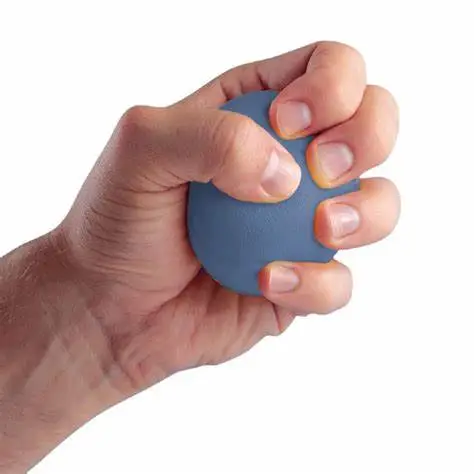
Squeezing Exercise:
- Hold a small ball in your hand
- Use your thumb and first finger to squeeze the ball tightly
- Hold the squeeze for 5 seconds
- Release the squeeze
- Repeat the squeezing action 10 times
- Repeat the whole set three times
- After one hand, switch and do the same with the other hand
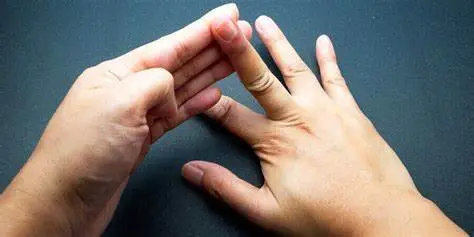
Finger Lifting Exercise:
- Place both hands flat on a table or surface
- Keeping other fingers flat, slowly raise your thumb up
- Bring the raised thumb back down
- Do this lifting motion for each finger, one at a time
- Repeat this exercise as multiple times as required
Thumb Stretching Exercise:

- Lay the back of your hand on a table, palm facing up
- Spread out your fingers
- Take your thumb across to the base of your little finger
- Hold this stretched for a few seconds
- Release and bring the thumb back to the starting position
- Repeat this stretching action 10 times
- After one hand, switch and do the same with the other hand
- Perform exercises gently and slowly
- Stop if you experience pain or discomfort
- Exercises help strengthen and improve thumb/hand mobility
Medications
Non-steroidal anti-inflammatory Drugs (NSAIDs):
- Examples: Ibuprofen, naproxen, diclofenac
- Work by reducing inflammation, pain, and swelling in the affected area
- Can be taken orally or applied topically as creams/gels
- May cause stomach upset, ulcers, or kidney problems with long-term use
Corticosteroid Injections:
- Involve injecting a potent anti-inflammatory steroid medication into the affected joint or tendon sheath
- Provide targeted relief of inflammation and pain
- Effects can last several weeks to months
- Risks include joint infection, tendon weakening, and skin discoloration at the injection site
Surgical Treatments
Arthroscopic Surgery:
- Minimally invasive procedure using small incisions and a camera (arthroscope)
- Can be used to repair torn ligaments (e.g., gamekeeper’s thumb), remove loose bodies, or smooth out damaged cartilage
Open Surgery:
- Larger incision(s) required to access the affected area
- May involve joint fusion (arthrodesis), where the bones are permanently fused to eliminate painful joint movement
- Joint replacement (arthroplasty) may be done in advanced arthritis cases, replacing the damaged joint surfaces
Tendon Release/Repair:
- For conditions like trigger thumb or de Quervain’s tenosynovitis
- Involves releasing the constricted tendon sheath or repairing a torn tendon
Fracture Repair:
- Severe thumb fractures may require open reduction and internal fixation (ORIF) with plates, screws, or wires to stabilize the bone
Pre and post-operative care, physical therapy, and activity modifications are typically necessary after thumb surgery to aid recovery and prevent complications. The type of surgery depends on the specific condition, its severity, and the patient’s factors like age and activity levels.
When to see a doctor
If you think you may have broken a bone in your thumb, wrist, or anywhere on your hand, you should get medical attention right away. You should also get emergency care if you are unable to move your thumb or if it has become crooked as a result of an injury.
Recurrent pain in your wrist, knuckles, or joints could indicate the presence of an underlying medical condition like basal joint arthritis or carpal tunnel syndrome.
See your doctor to discuss your symptoms if you have joint pain that prevents you from doing everyday tasks, if you notice a decrease in joint mobility, if you have problems gripping objects, or if your pain gets worse every morning when you get out of bed.
Summary
Thumb pain is a common complaint that can arise from various causes and affect people of all ages. The thumb, being the most versatile and important digit of the hand, is involved in numerous daily activities, making it susceptible to injuries and conditions that can lead to pain.
One of the most common causes of thumb pain is osteoarthritis, a degenerative joint disease that affects the carpometacarpal (CMC) joint at the base of the thumb. This joint bears a significant amount of stress during gripping and pinching activities, leading to cartilage wear and inflammation.
Another frequent cause is de Quervain’s tenosynovitis, an inflammatory condition affecting the tendons that control thumb movement. This can result from repetitive movements or overuse, causing pain and swelling at the base of the thumb.
Trauma or injury to the thumb can also lead to pain. Sprains, strains, or fractures involving the thumb joints or surrounding structures can occur due to falls, accidents, or sports-related activities. Conditions like trigger thumb, where the thumb’s flexor tendon becomes stuck, can also cause pain and limited mobility.
Treatment for thumb pain depends on the underlying cause and may involve rest, ice, compression, elevation (RICE), medications (anti-inflammatory drugs or steroid injections), splinting or immobilization, physical therapy, or in some cases, surgery.
Preventing thumb pain involves practicing proper ergonomics, taking breaks from repetitive activities, warming up before exercise, and using appropriate protective equipment during sports or activities that put stress on the thumb.
FAQs
What are the most common causes of thumb pain?
The most common causes include osteoarthritis, de Quervain’s tenosynovitis, trigger thumb, gamekeeper’s thumb (UCL injury), and thumb sprains or fractures.
How can I tell if my thumb pain is serious?
Seek medical attention if you have severe pain, swelling, deformity, inability to move the thumb, or if the pain persists for more than a few days.
What remedies are there for at-home thumb pain relief?
Try RICE (rest, ice, compression, elevation), over-the-counter anti-inflammatory medication, splinting, and avoiding activities that aggravate the pain.
Is it okay to exercise with thumb pain?
It’s generally best to avoid activities that cause or worsen thumb pain until the condition improves. Low-impact exercises that don’t strain the thumb may be okay.
Can thumb pain be prevented?
Yes, by using proper technique during activities, taking breaks, warming up before exercise, wearing protective gear, and maintaining good overall hand/wrist strength and flexibility.
When is surgery necessary for thumb pain?
Surgery may be recommended for severe arthritis, tendon injuries, fractures, or if conservative treatments fail to provide relief.
How long does it take for thumb pain to resolve?
Recovery time varies depending on the cause, but many cases of thumb pain resolve within a few weeks with proper treatment and rest.
Are there any long-term complications from thumb pain?
Chronic or untreated thumb pain can lead to stiffness, loss of strength and dexterity, and potentially chronic pain or disability if the underlying condition is not addressed.
References
- Watson, K. (2023, March 13). What’s Causing the Pain on or Near My Thumb, and How Do I Treat It? Healthline. https://www.healthline.com/health/thumb-pain#diagnosis
- Eske, J. (2023, March 29). Why does my thumb hurt and how to remedy it. https://www.medicalnewstoday.com/articles/thumb-pain#exercises
- Maday, R. (2018, March 18). Thumb Pain Causes, Possible Treatment, and More | Buoy. https://www.buoyhealth.com/learn/thumb-pain

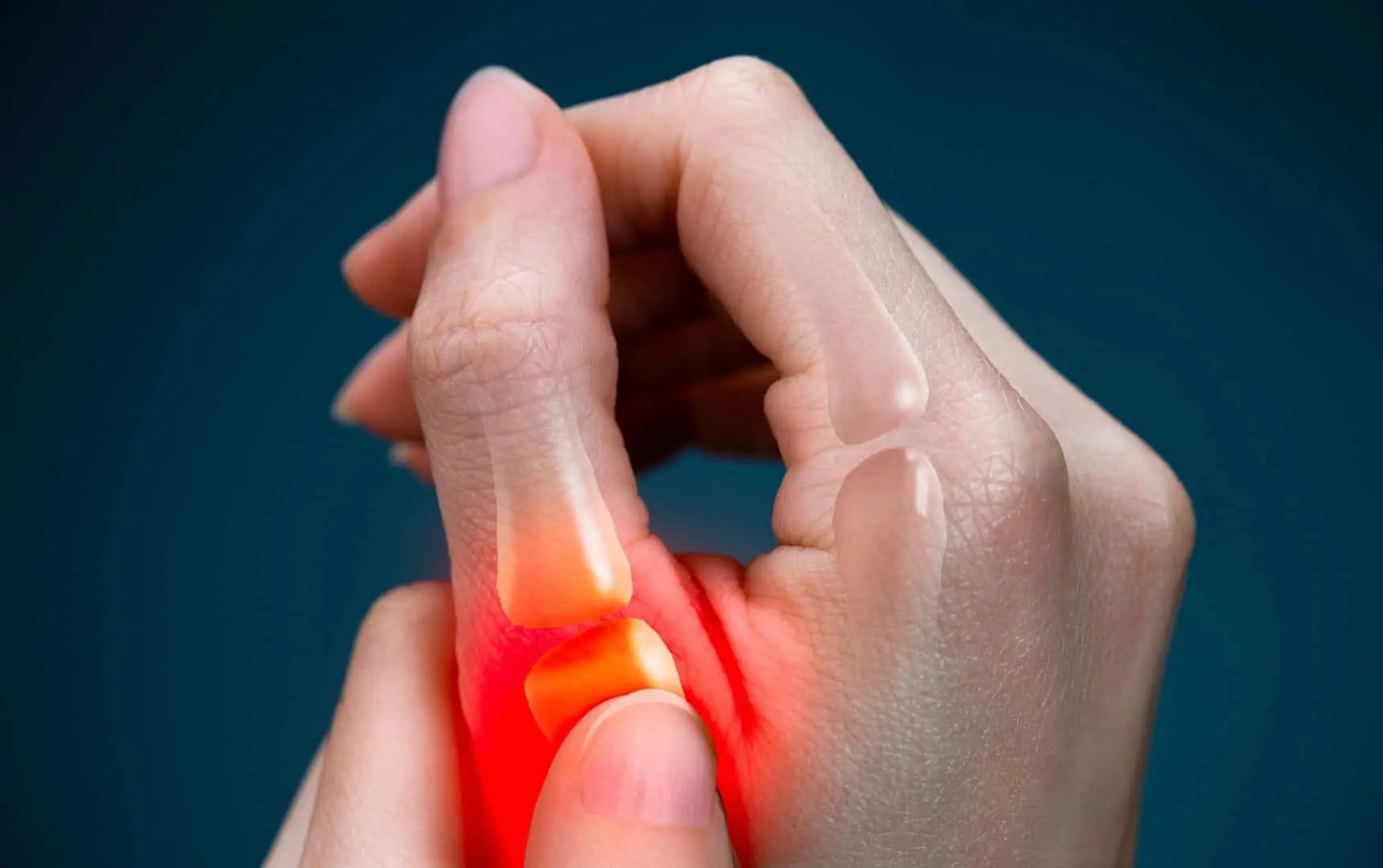
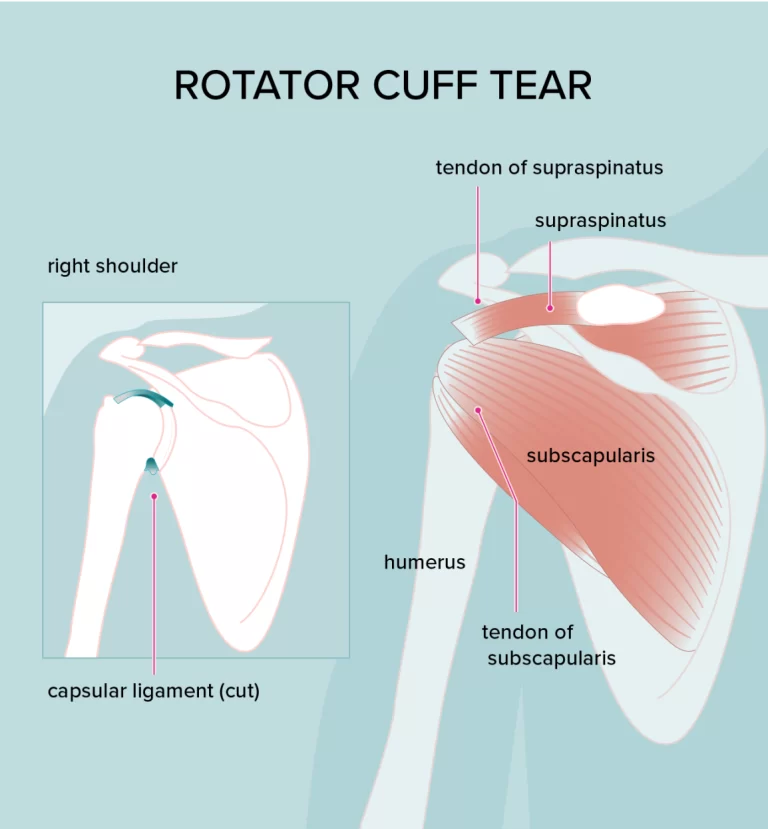
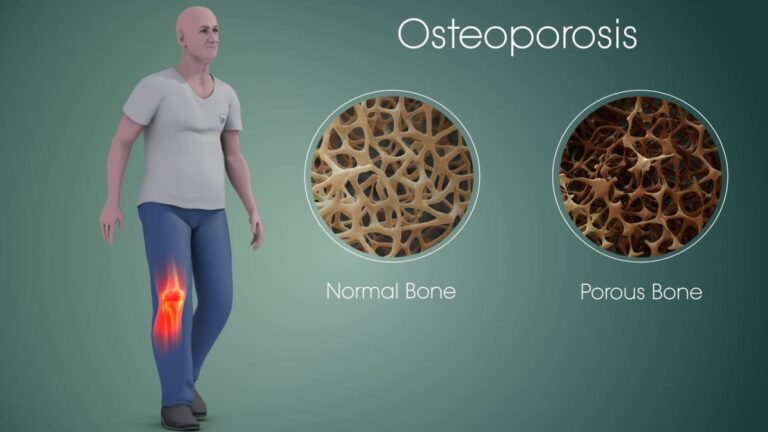
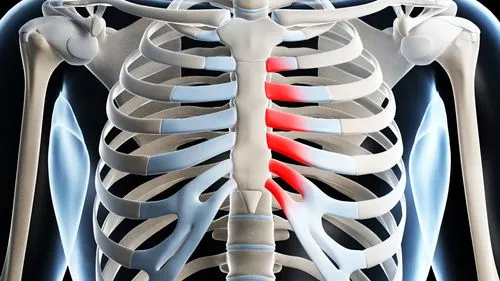
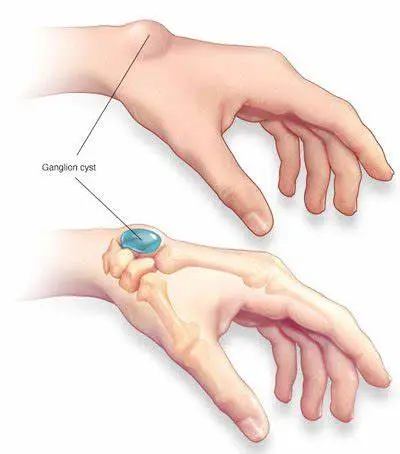
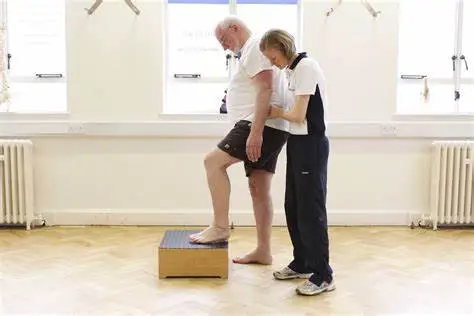
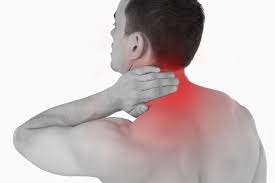
One Comment